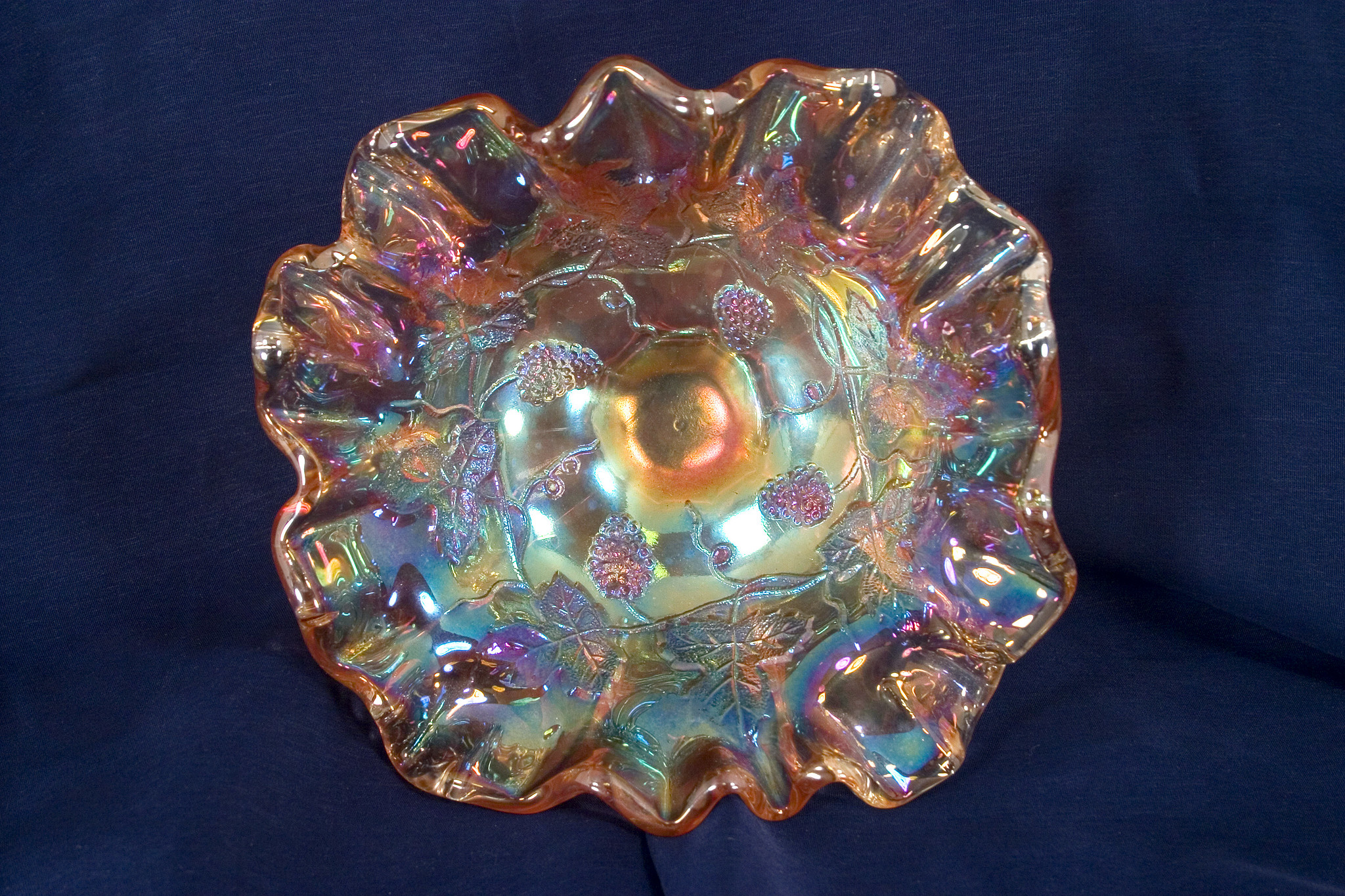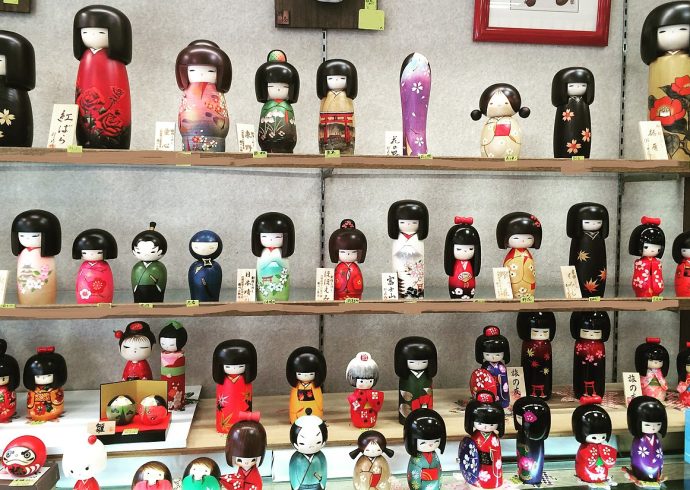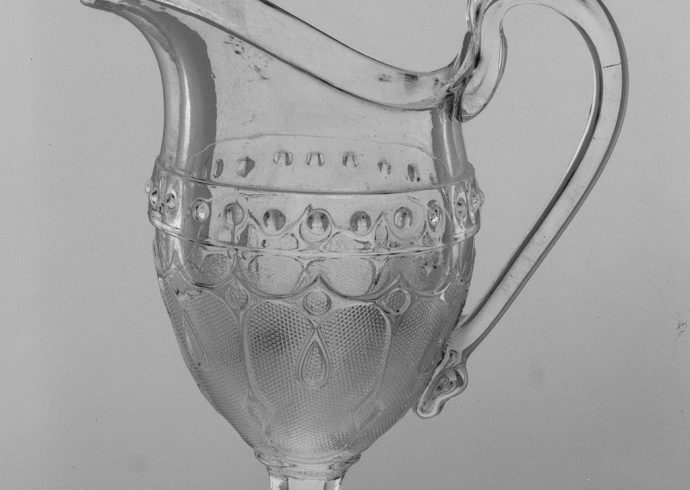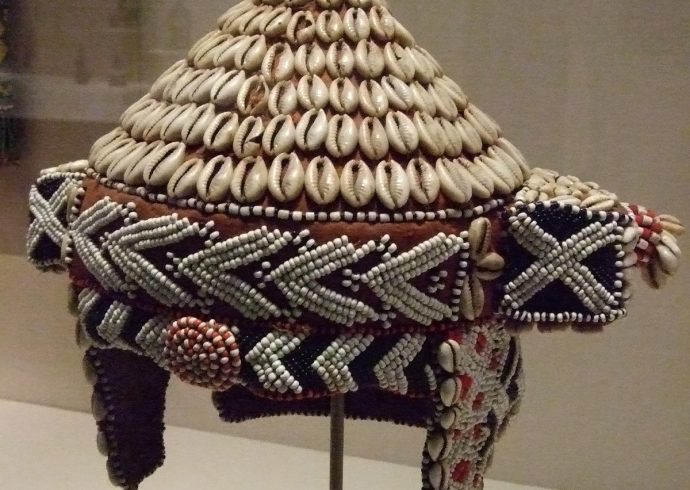
Collecting Millersburg Carnival Glass
Radium glass, a term usually associated with carnival glass among collectors, was manufactured by glass companies such as Baccarat, Moser, and Steuben, usually in the form of Vaseline Glass due to the presence of uranium. When it came to Millersburg Glass, however, Radium glass was made without uranium yet had an extraordinary finish on carnival glass pieces which became very popular with collectors of carnival glass.
John Fenton and his brother Robert started the Millersburg Glass company back in 1908. The town of Millersburg was selected for its convenient location near a water source, the Killbuck River, plus a railroad, to transport the finished glass pieces to shops in nearby states. Back then, the last name of Fenton was already popular in the field of glassmaking, as a third brother, Frank Fenton, was the head of the Fenton Glass Company located in Williamstown, West Virginia. Both John and Robert had glassmaking experience with the Fenton factory, early on, John was the President of the Fenton. As brothers in the business of glassmaking, John and Robert complemented each other perfectly; John was very much the perfect concept of a salesman with no shortage of marketing experience, while Robert had the mind for business.
The Millersburg Glass factory was built with available financing to John and Robert Fenton, and according to an article in Casper Star-Tribune, Casper, Wyoming dated May 18, 1971, the factory remained unique in that it spanned over 100 feet in size without any support. For making the glass itself, a new process was used: converting coal to gas, which allowed for greater control over the temperatures used for molten glass. John and Robert Fenton soon discovered the entire procedure to be quite costly, since it involved converting the coal to coke, then selling the coke to the Hinkley Foundry so that the iron molds for the glass could be cast. Setting aside this process and opting for natural gas as a heat source for the molten glass, a pipeline was installed by a team of the glass factory employees and the Millersburg town citizens, and the factory was up and running,
To create the beautiful, lustrous iridescence so commonly associated with carnival glass, a finish was applied which was then called “Radium finish” by the factory, according to an article in The Knoxville News, Sentinel, TN dated October 7, 2005. This finish was considered the clearest and brightest, which gave the finished piece of glass a liquid, watery appearance. Millersburg carnival glass did not contain any uranium like the popular Vaseline glass did, which was also produced by the same company. The first pieces of carnival glass produced by Millersburg were in marigold, amethyst and green.
One special carnival glass pattern created by the Millersburg Glass factory was a Courthouse, which was available only on the bowl and plate, which were given exclusively to factory employees and stockholders, which meant these pieces were never made available for the public to purchase. Due to the rarity of this particular design, few have survived as examples for connoisseurs of carnival glass to view and appreciate. Other popular patterns used in the manufacture of carnival glass include: diamond, holly, cherry, hobstar and feather, cosmos, rays and ribbons, leaf, grape wreath, and peacocks.
In 1911, the Millersburg factory ran into financial issues and was forced to declare bankruptcy and was sold to new owners which renamed it the Radium Glass Company. John Fenton remained in the business as Vice President, but in 1914 the Millersburg Glass factory closed, due to the increasing competition among glass manufacturers. There is a museum dedicated to Millersburg Carnival Glass located in Millersburg, Ohio.
Image Credit: Millersburg Strawberry Wreath Crimped Compote Square Shape Pastel Marigold. Brian Pitman, via Flickr. Used with permission.


